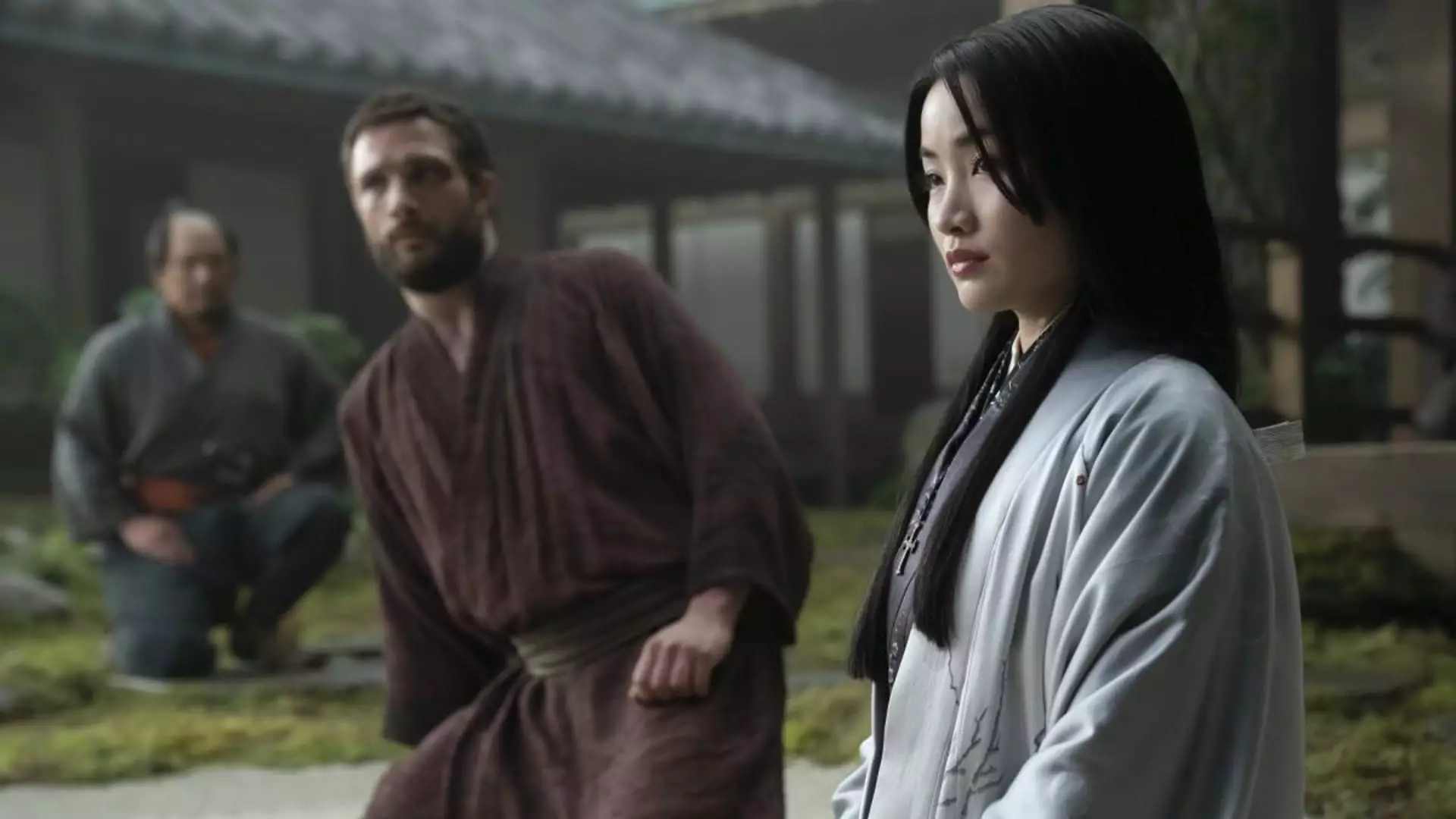Disney’s evaluation of its traditional TV networks reflects a complex and evolving media landscape. With the rise of streaming platforms and shifting consumer preferences, the future of cable television networks appears increasingly uncertain. Recently, the company’s Chief Financial Officer, Hugh Johnston, indicated that separating Disney’s television networks may be more detrimental than beneficial, citing operational complexities and costs associated with such a move. As the media industry grapples with the challenges posed by digital disruption, Disney finds itself at a crossroads, needing to re-assess its strategy carefully.
The overall health of traditional TV networks is a growing concern among media executives. Recent reports indicate that traditional cable networks are bleeding subscribers, with a staggering loss of four million customers in the first half of the year alone. While networks still generate considerable revenue, the trend toward viewing content online rather than through traditional cable services is undeniable. Disney’s own revenue from its TV networks has seen a decline, with a 6% drop reported in its latest quarter, painting a grim picture for conventional television’s profitability.
As discussions of potential separation swirl, Johnston’s analysis provides a crucial perspective. Extensive research into the financial implications of divesting television assets has led to the conclusion that the costs of separation might outweigh any potential benefits. This sentiment resonates within other media companies as well. For instance, Fox Corp.’s CEO, Lachlan Murdoch, has similarly articulated concerns surrounding the complexities of breaking apart their cable offerings. The intricate web of revenue, promotional synergies, and audience engagement that cable networks provide presents significant barriers to separation.
Moreover, the current economic climate has put added pressure on companies to be cautious about drastic changes that could affect their bottom line. With formidable challenges ahead, media giants are more inclined to double down on their existing assets instead of embarking on a potentially disruptive separation.
Disney’s commitment to retaining its television division aligns with its broader strategy focused on integrating content across various platforms, particularly streaming. Disney’s CEO Bob Iger praised the synergy between traditional television and its streaming services in recent statements. The emphasis on high-quality content seemed clear during Iger’s comments, highlighting the success of award-winning series like FX’s “Shōgun,” “The Bear,” and “Fargo” that anchor the company’s digital offerings on Hulu.
This approach underlines the importance of maintaining strong content pipelines. The acquisition of Fox’s entertainment assets, a move that elicited criticism from shareholders, was framed by Iger as essential for enhancing Disney’s streaming capabilities. By solidifying its position in both traditional and streaming markets, Disney appears focused on leveraging the strengths of each to create a more resilient business model.
While the potential for divestiture may seem appealing in theory, the reality is a nuanced challenge laden with uncertainties. The onus is on Disney to navigate these complexities while remaining adaptable to less predictable market conditions. With the shifting tides of media consumption, the need for innovation within the traditional TV business is paramount.
Disney’s cautious stance serves as a reminder of the broader struggles facing the media industry, as traditional networks confront pressures from emerging technologies and changing viewer habits. Investors and stakeholders will be closely watching how Disney’s leadership continues to balance the complexities inherent in both its legacy TV business and the burgeoning streaming market.
Ultimately, Disney’s present dilemma emphasizes the critical need for strategic foresight in a tumultuous industry. As viewership dynamics evolve and competition intensifies, the decisions made now will be pivotal to shaping the future of not just Disney’s television division but the broader media landscape as well. The path forward will require not only a clear vision but also a commitment to adapting to the rapidly changing demands of consumers.

